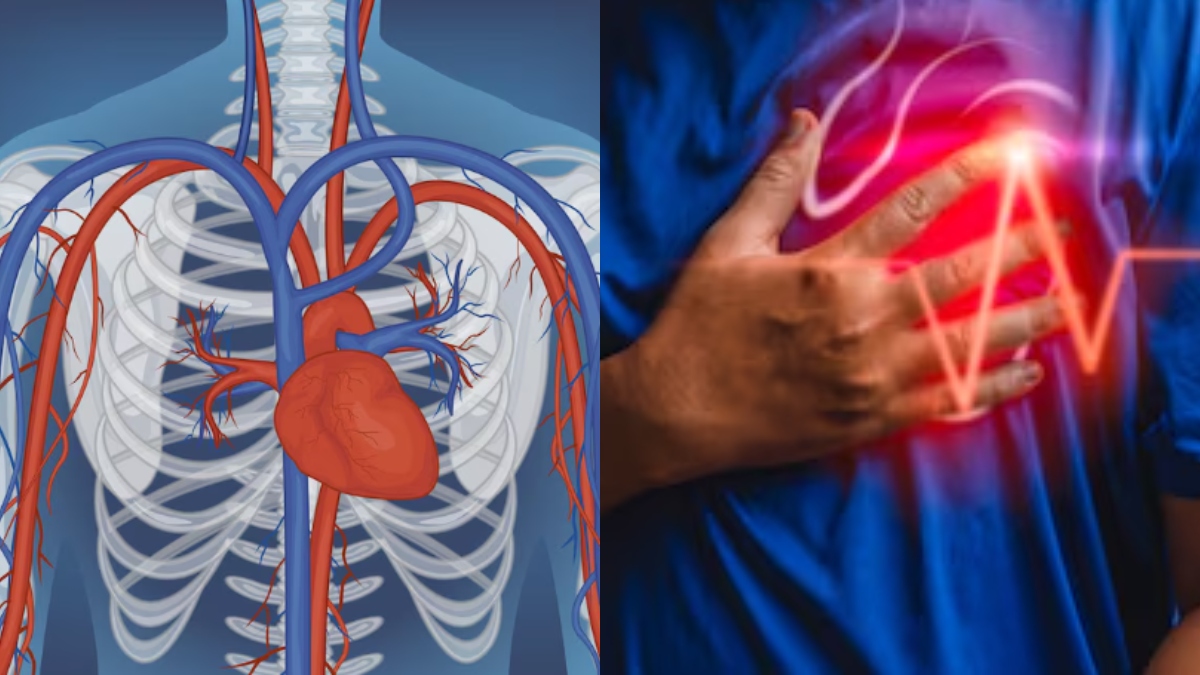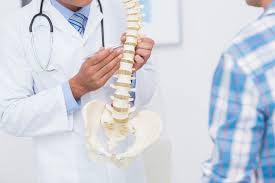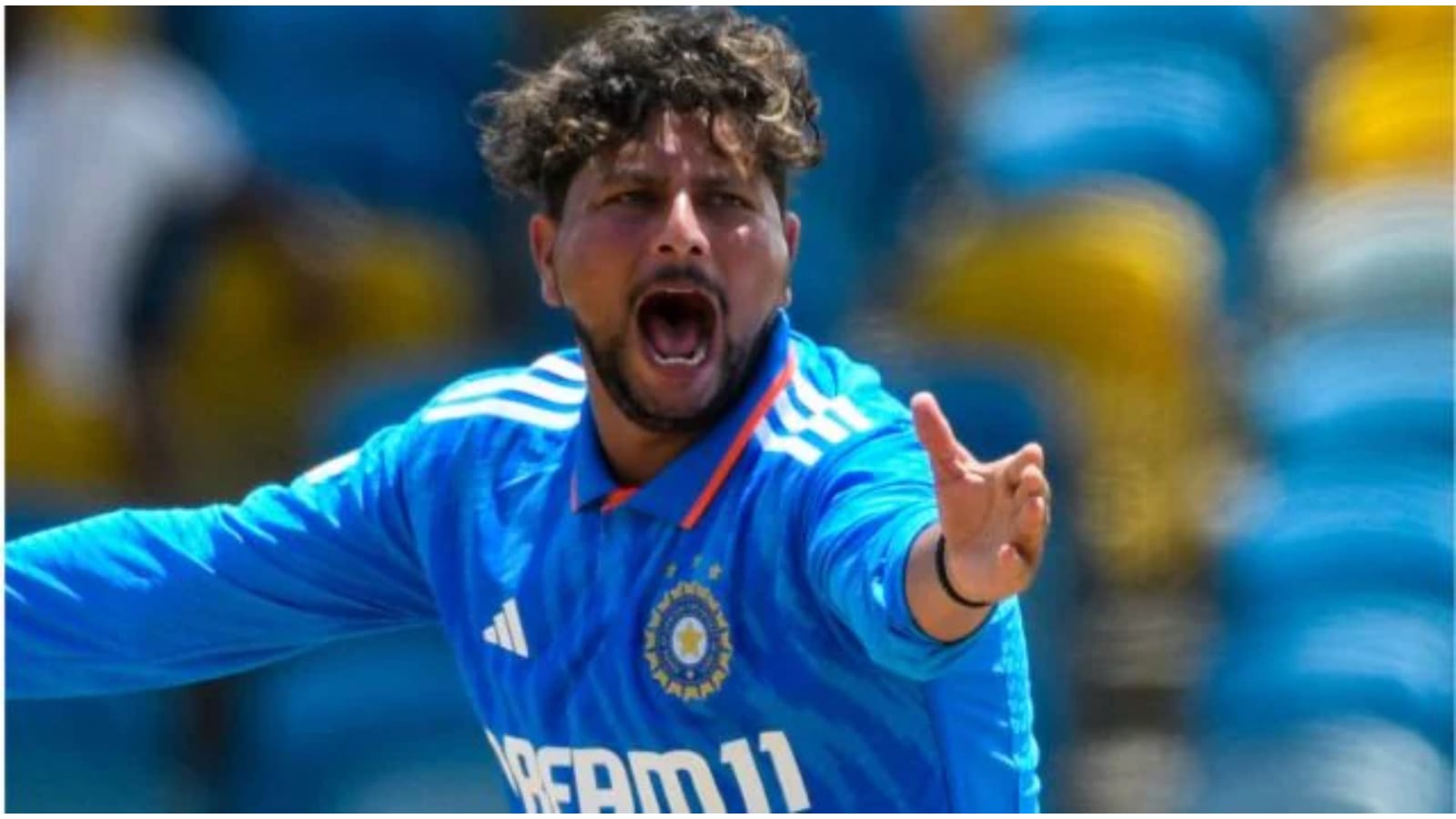
Spotting Aortic Aneurysm Symptoms Early
Chest pain is a common complaint, but not all chest pain indicates a heart attack. In fact, some cases may point to a condition known as an aortic aneurysm, which can be more deadly. Studies from the National Library of Medicine highlight that nearly one in three patients suffering from aortic dissection is misdiagnosed, often being confused with a heart attack. This confusion arises due to overlapping symptoms such as severe chest pain, sweating, and breathlessness.
Dr. Anshul Kumar Gupta, a Consultant in Interventional Cardiology at Manipal Hospital, Jaipur, explains that an aortic aneurysm is a weakened, bulging section in the wall of the aorta, which is the main artery carrying blood from the heart. These bulges can occur in the chest or abdomen, with abdominal aortic aneurysms being more prevalent. While these aneurysms often do not present symptoms, they can lead to life-threatening complications like rupture or dissection, resulting in internal bleeding that may be fatal.
Research indicates that about one-third of aortic dissection cases are misdiagnosed during the initial evaluation. Unlike the gradual onset of pain typical of a heart attack, patients often report sudden and intense pain that peaks immediately. This misdiagnosis can have serious consequences; treatments intended for heart attacks, such as blood thinners, can exacerbate bleeding in an aortic dissection.
Recognizing the symptoms of aortic dissection is crucial. Common signs include sudden severe chest pain, difficulty breathing, and potential collapse. Early diagnosis using quick tests like CT angiography or echocardiography plays a vital role in saving lives. The studies underscore the frequency of misdiagnosis between aortic dissections and heart attacks, emphasizing the importance of correct identification to avoid delayed life-saving treatment.
In a country like India, where access to healthcare can be inconsistent, it's imperative for individuals to be educated on these symptoms. When severe chest pain strikes unexpectedly, immediate medical attention is essential. Regardless of whether it’s a heart issue or an aortic complication, prompt treatment is the safest course of action. Remember, timely intervention can make all the difference between life and death.













